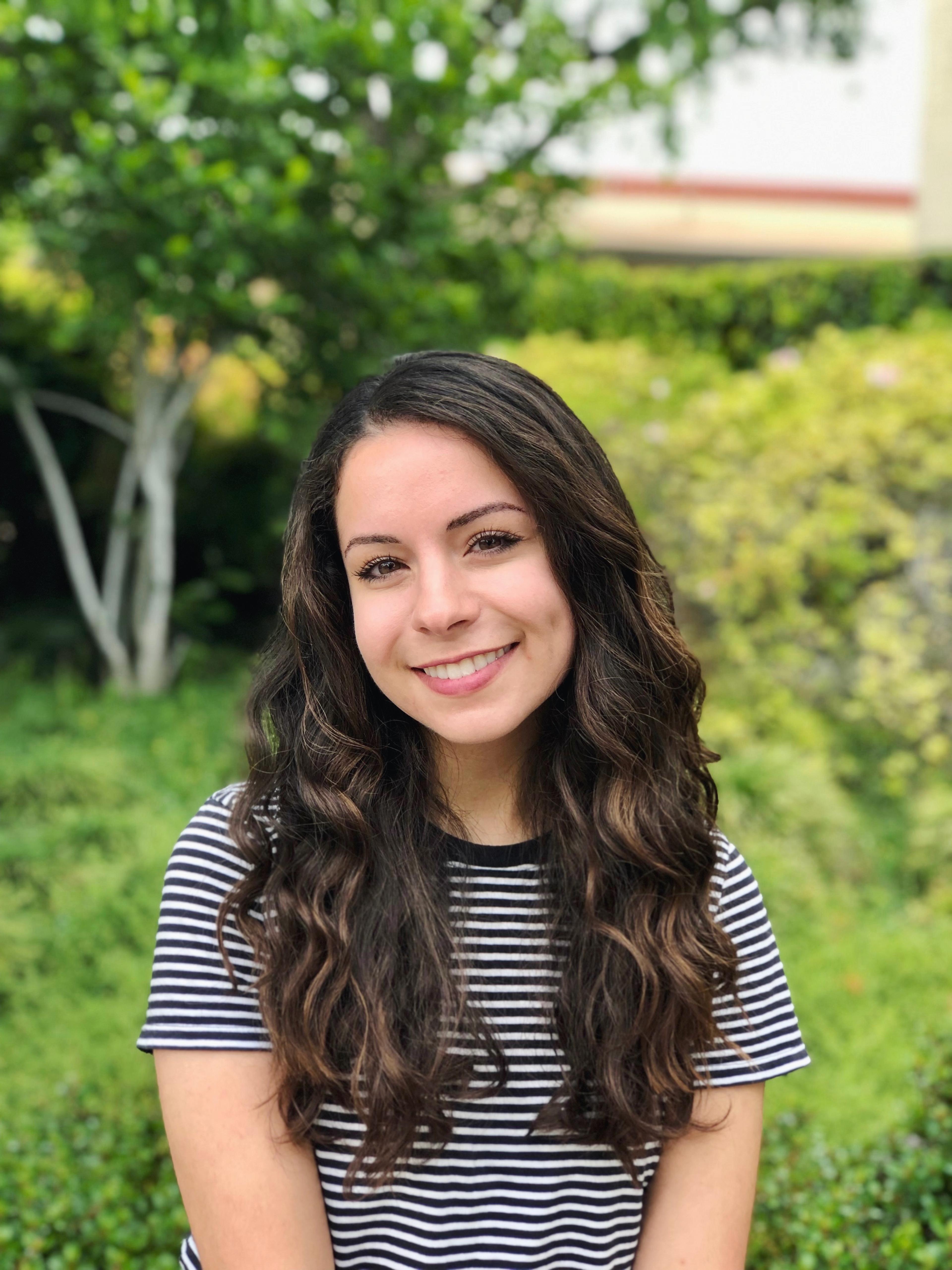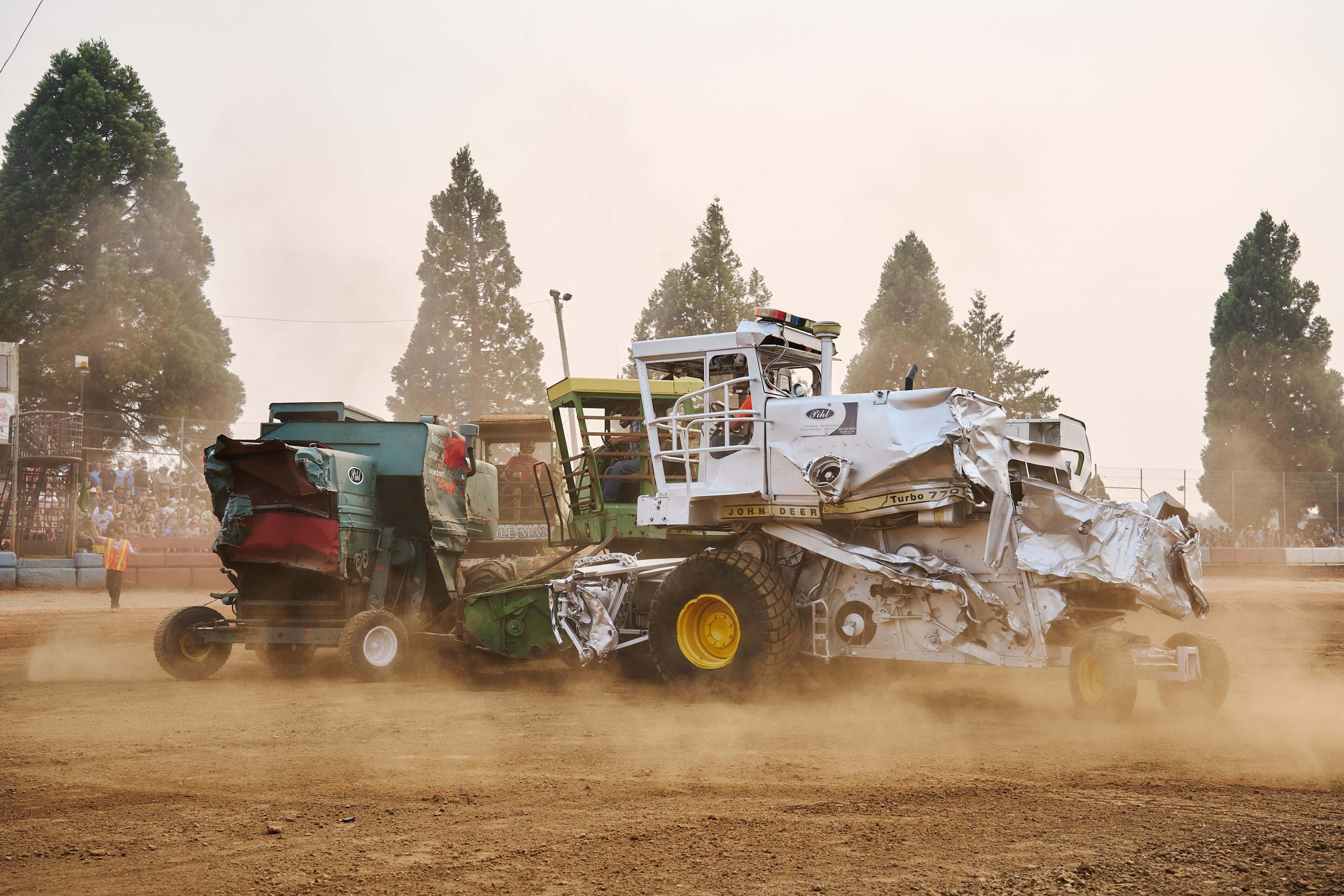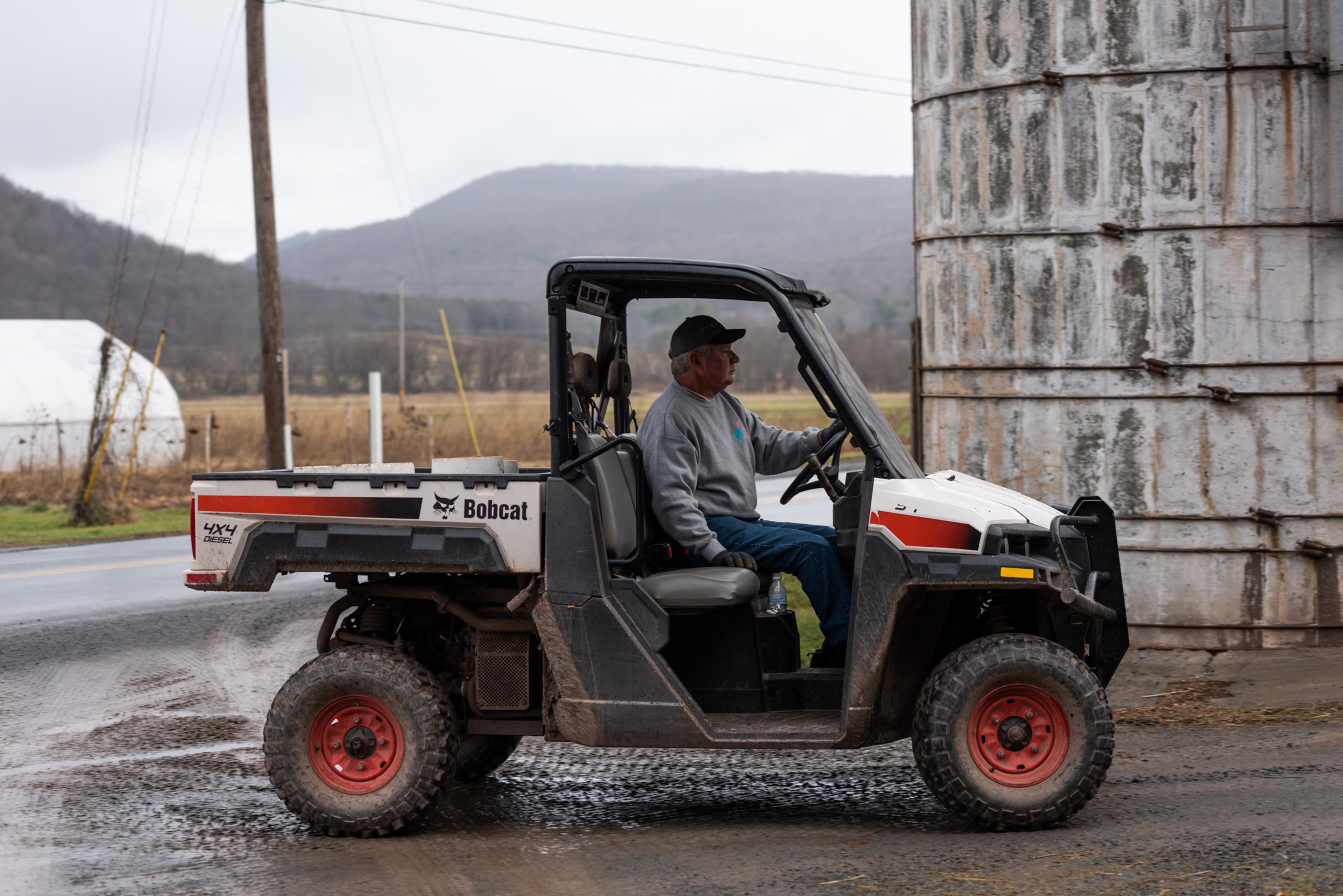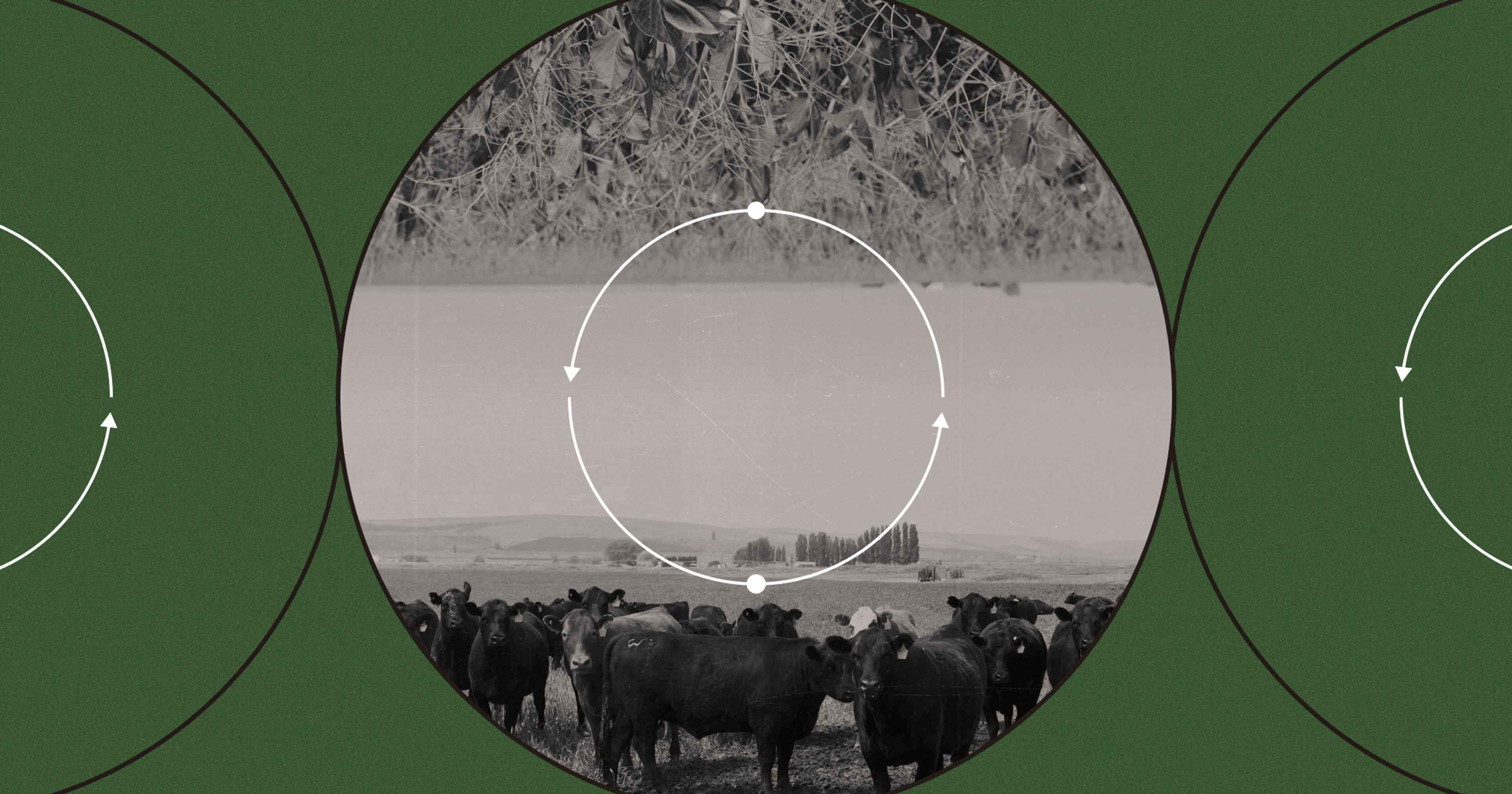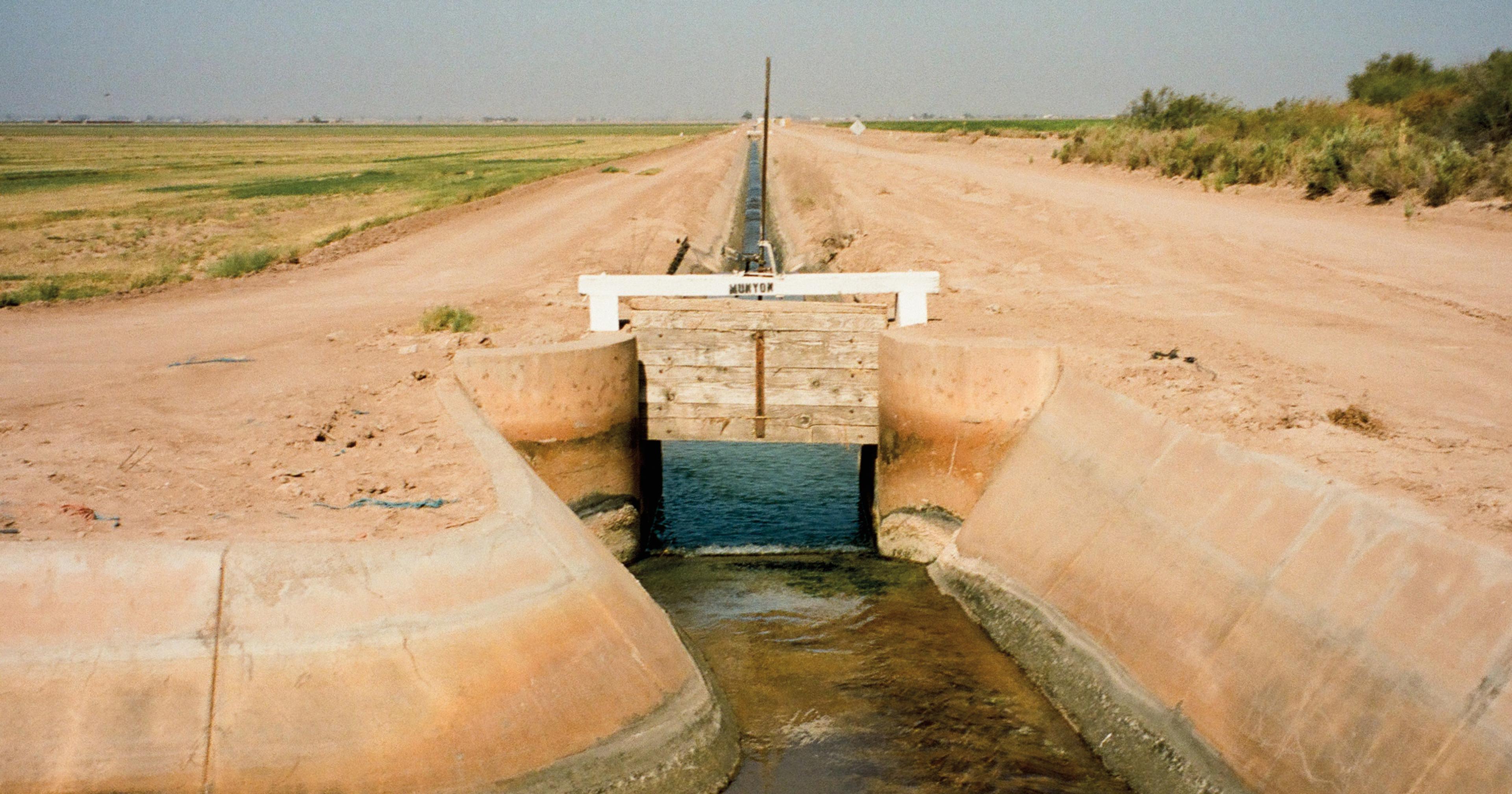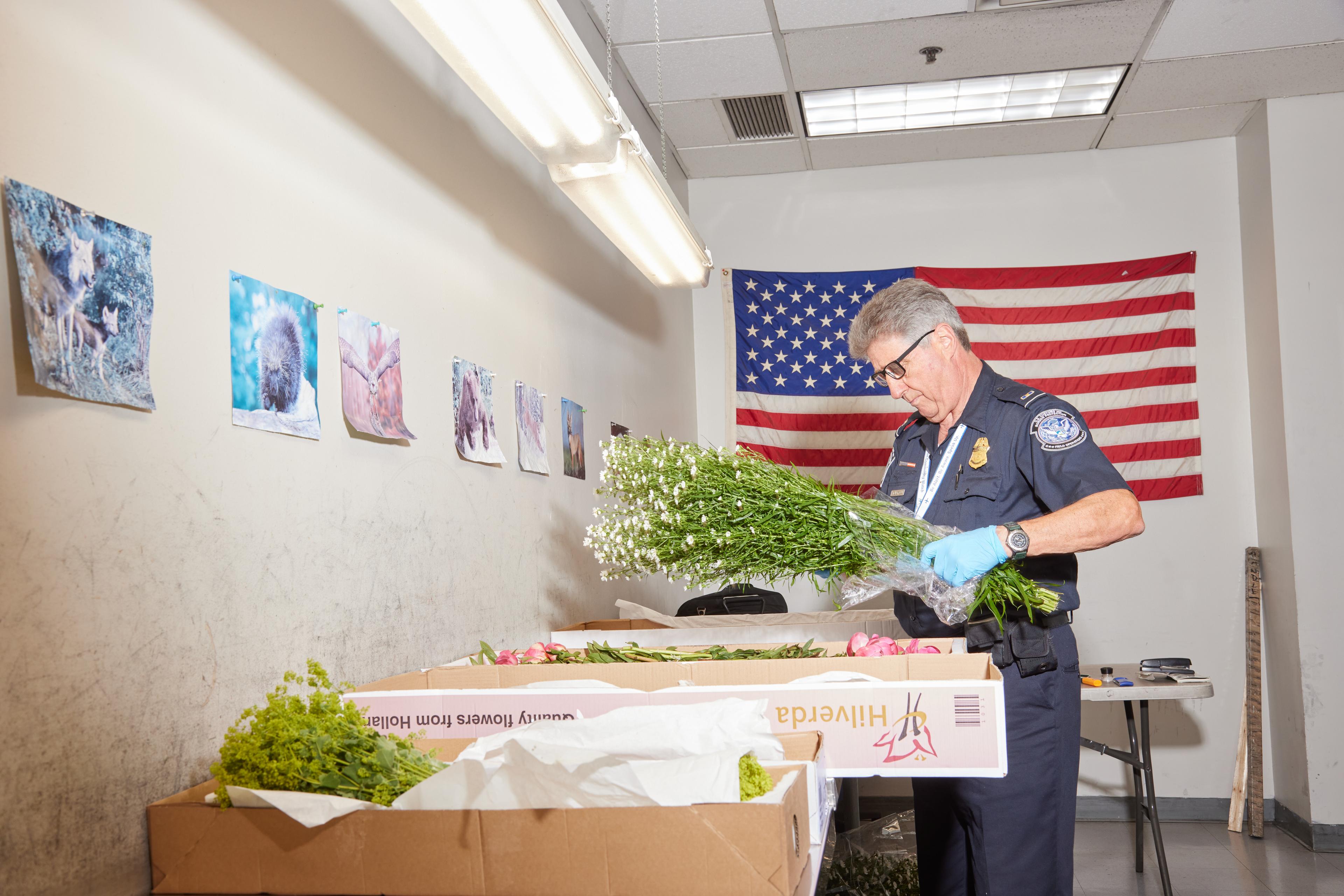A visit to California’s Outlaw Valley Ranch gives a peek into the production of truly natural fiber.
In terms of fashion, natural fibers bear a timeless appeal, but it’s not just about the look and feel — consumers are increasingly avoiding synthetics for sustainability reasons. Amidst this shift, wool is experiencing a well-earned renaissance, not only for its comfort and biodegradable properties but also as a key player in the narrative of climate-conscious agriculture.
At Outlaw Valley Ranch, first-generation ranchers Alex and Kelsey Karol are putting into practice regenerative ranching methods and seeing the land respond. Settled on 346 acres in hilly Santa Maria, California, about three hours up the coast from Los Angeles, they raise 100 percent grass-fed, heritage cattle and sheep, producing meat, wool, and sheepskin. They rotationally graze their Navajo-Churro sheep, allowing for the animals to trample vegetation and manure into the soil surface with their hooves.
This is extremely important for the soil, Alex Karol explained: “When the grass is trampled down, it’s touching the soil, feeding all the microorganisms in the soil, building topsoil.” The aim is to maximize the drawdown of carbon from the atmosphere. Stored in the soil, the carbon will not re-enter the atmosphere as carbon dioxide or methane.
Rotational grazing is integral to this process; if given the whole ranch, the herd tends to stay in certain spots. This doesn’t give vegetation the chance to grow tall and be trampled into the soil. When the sheep at Outlaw graze two acres, for example, the rest of the ranch is resting and growing anew, allowing the cycle to continue on. The Karols have been able to increase soil carbon levels, improve the water-holding capacity of the soil, and enhance biodiversity on their ranch.
By choosing wool from farms like Outlaw Valley Ranch, consumers participate in a larger story — one that values a commitment to the health of our planet. It’s a narrative that the Karols are knitting into every wool product they produce, offering a blueprint for a future where fashion and environmental stewardship are seamlessly intertwined.

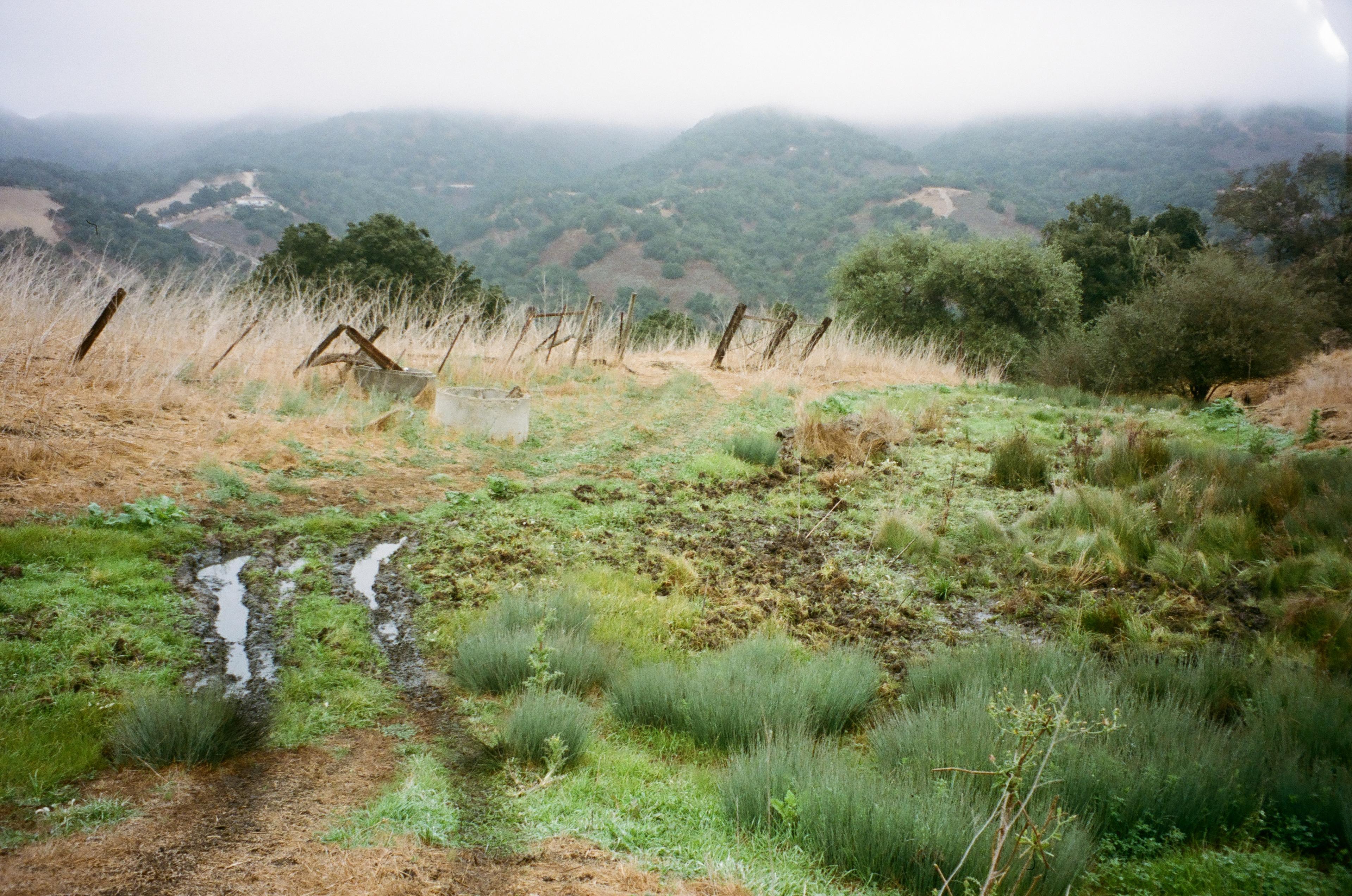
Rotational grazing at work: on the left, a grazed pasture. On the right, the pasture has been left to rest and grow, and is now ready for grazing. The 346-acre ranch is broken up into 10 hard-fenced pastures as part of a grant from the Natural Resources Conservation Service (NRCS), a branch of the U.S. Department of Agriculture.
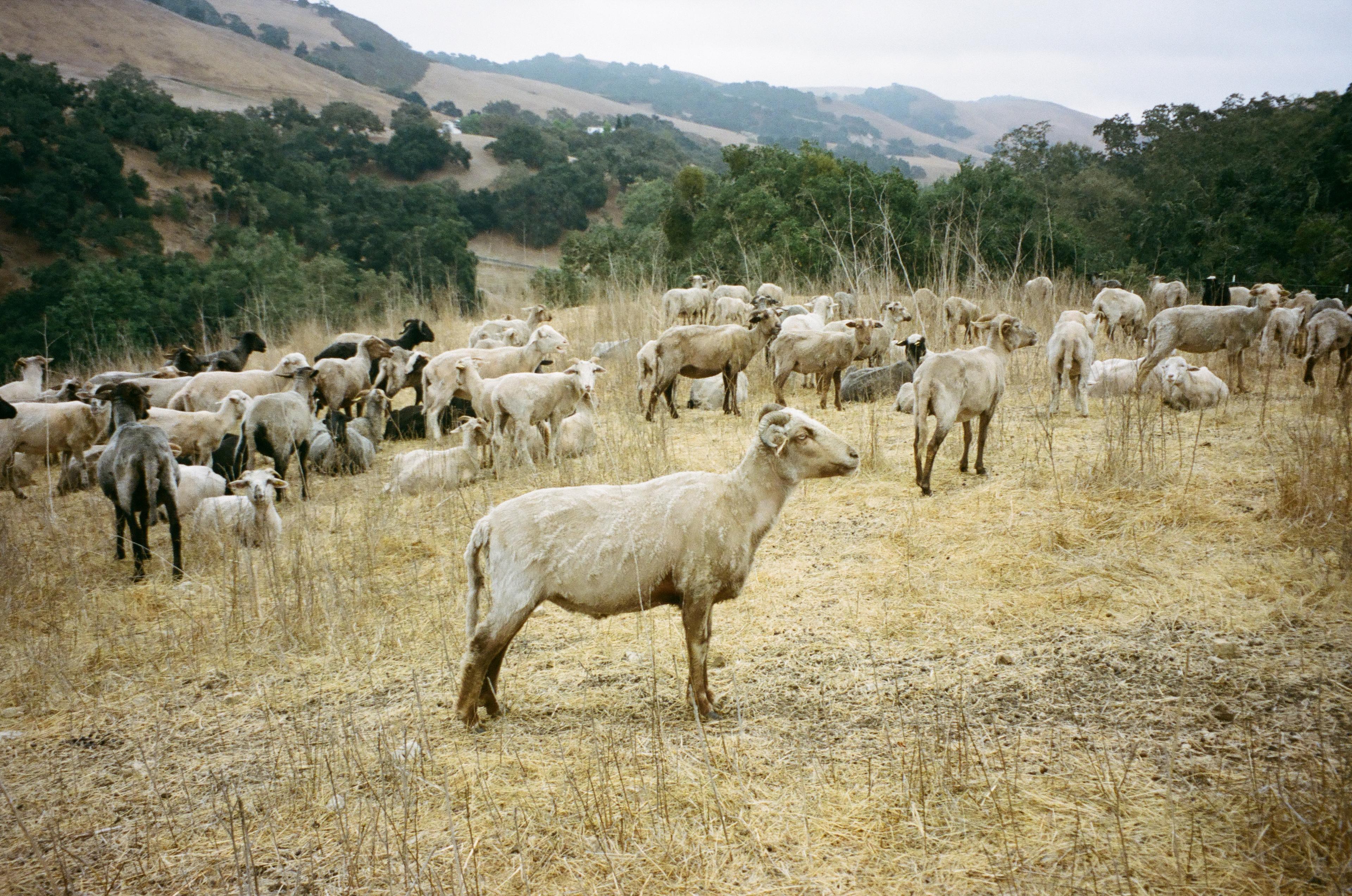
The flock of Navajo-Churro sheep at work grazing. A hearty breed, they thrive in the dry terrain of Santa Maria.
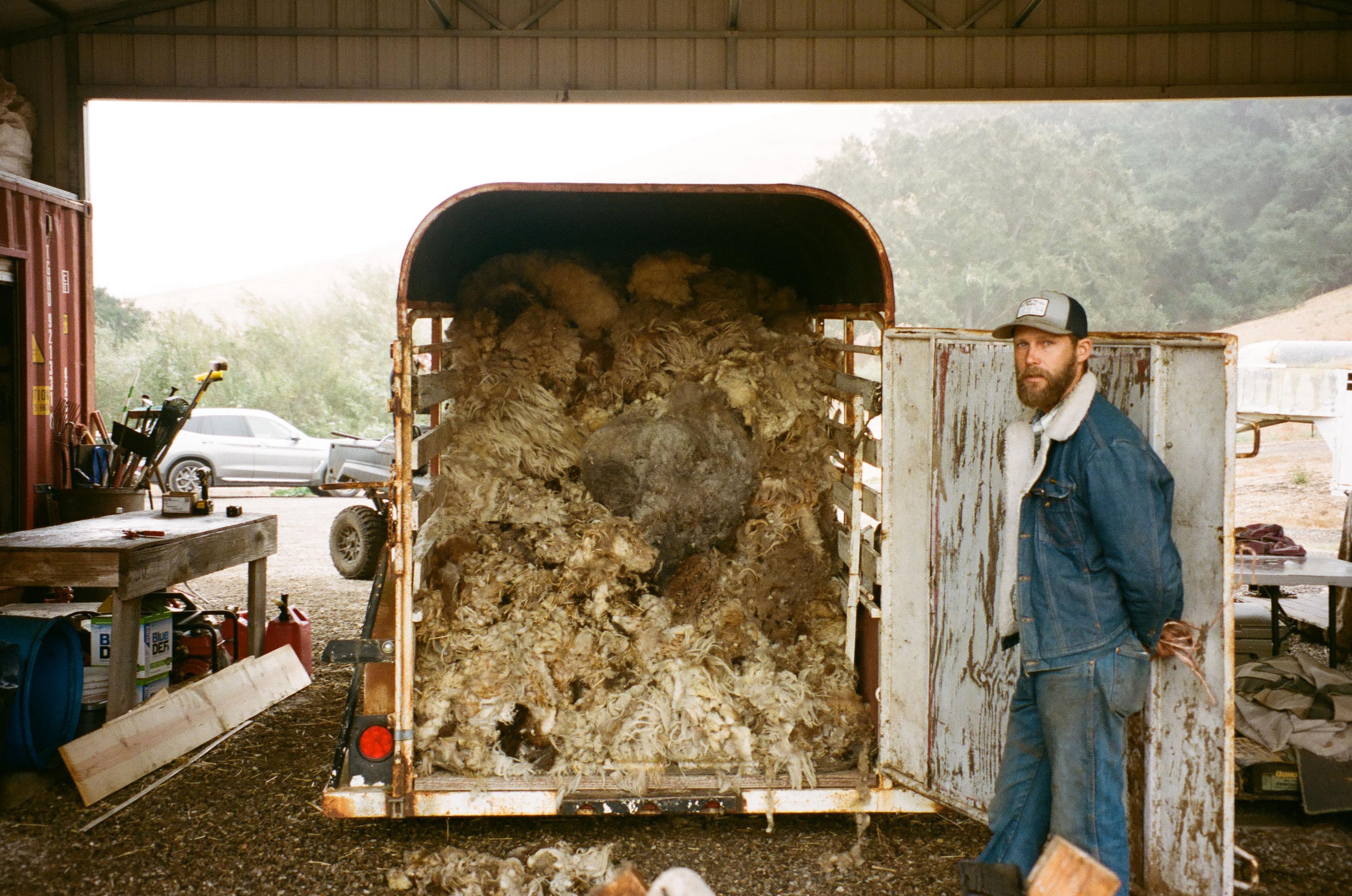

Above left, sheared wool, ready to be sent off to the mill for processing. The sheep are sheared twice a year, once in the spring and then again in the fall. Some excess wool is dumped in drainages on the ranch to help slow down water runoff and add organic matter to the soil.
Above right, these two geldings are mainly used for moving the 35 cows in the hills, where the ground is too steep to reach with a quad. According to Alex Karol, “Cows especially really respect you when you’re on a horse. There’s no better tool for moving cows in the hills.“
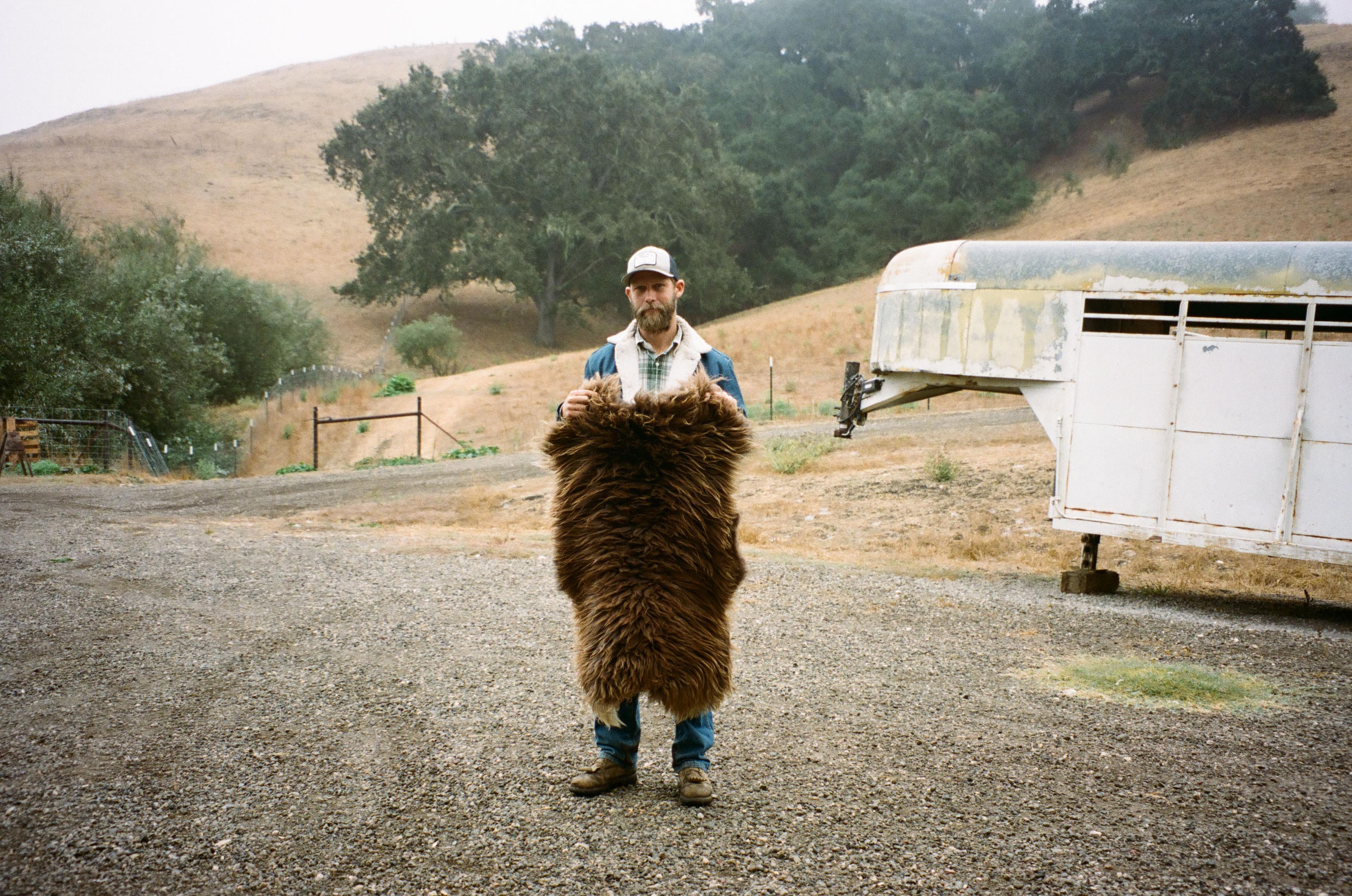
Outlaw Valley sheepskins are particularly popular as a baby accessory, as wool helps regulate infants’ temperature, increase circulation, and soothe inflamed skin.
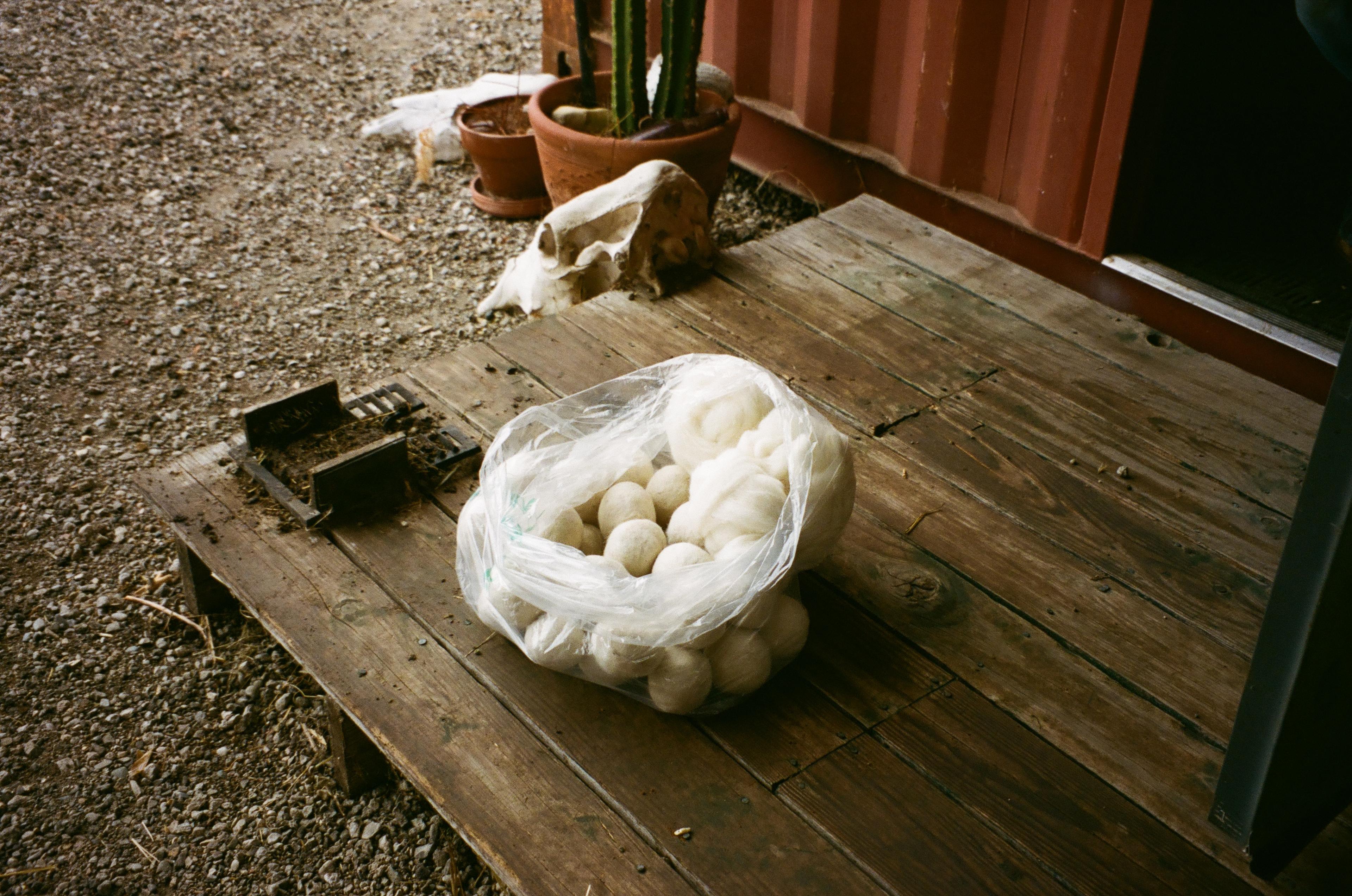

Above left, as an alternative to the dryer sheet, their 100 percent wool dryer balls help take the moisture out of clothes, and keep clothes lint-free and low in static.
Above right, a freshly sheared sheep. Alex Karol and a friend sheared the flock of 232 sheep in two days. It takes them an average of three minutes to shear one sheep.
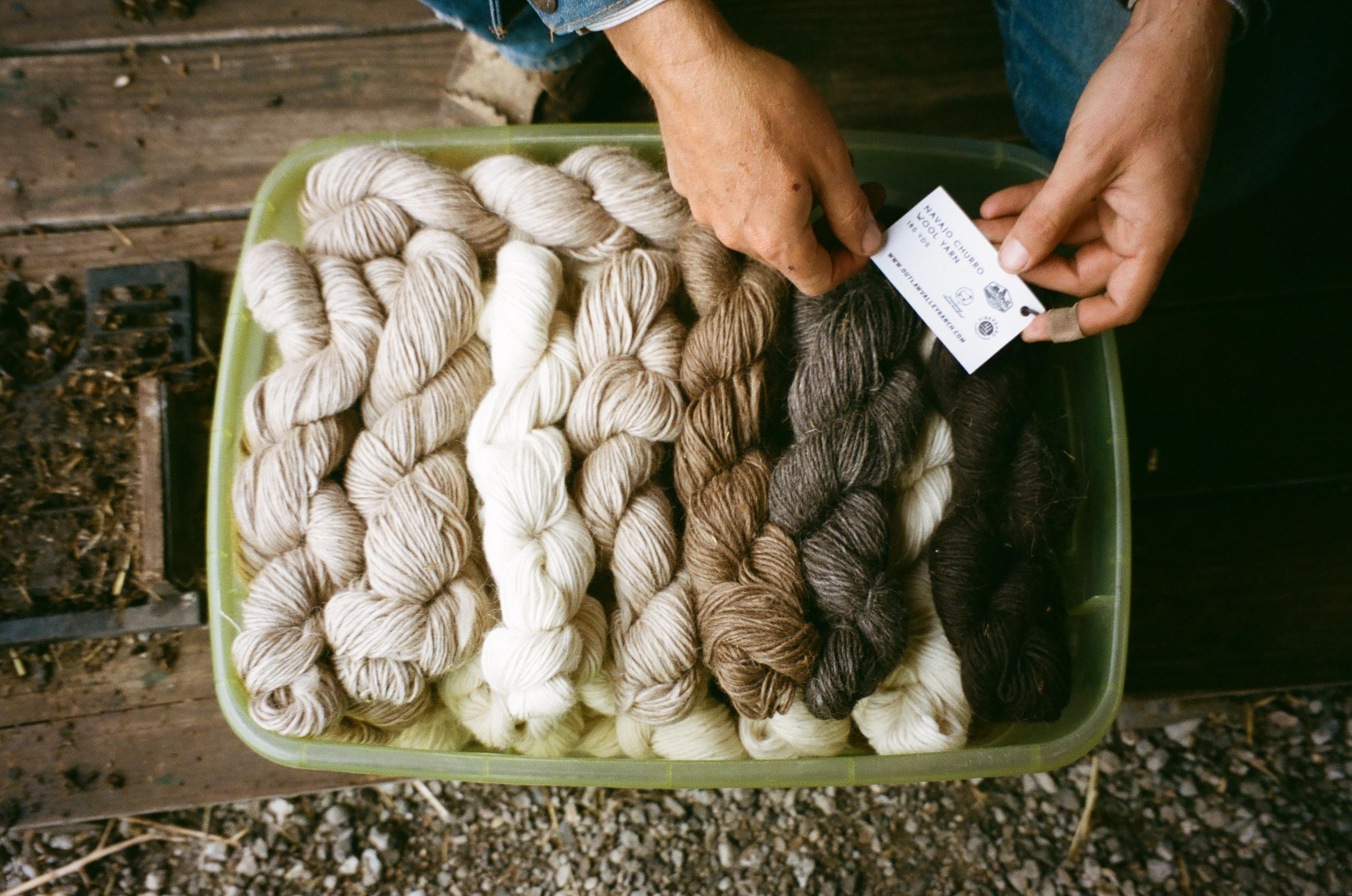
Outlaw Valley Ranch yarn comes in an assortment of natural colors. Once sheared, the wool is cleaned and carded at Morro Fleece Works and then spun into yarn at Valley Oak Wool Mill. It is processed without dyes, bleaches, or chemicals.
